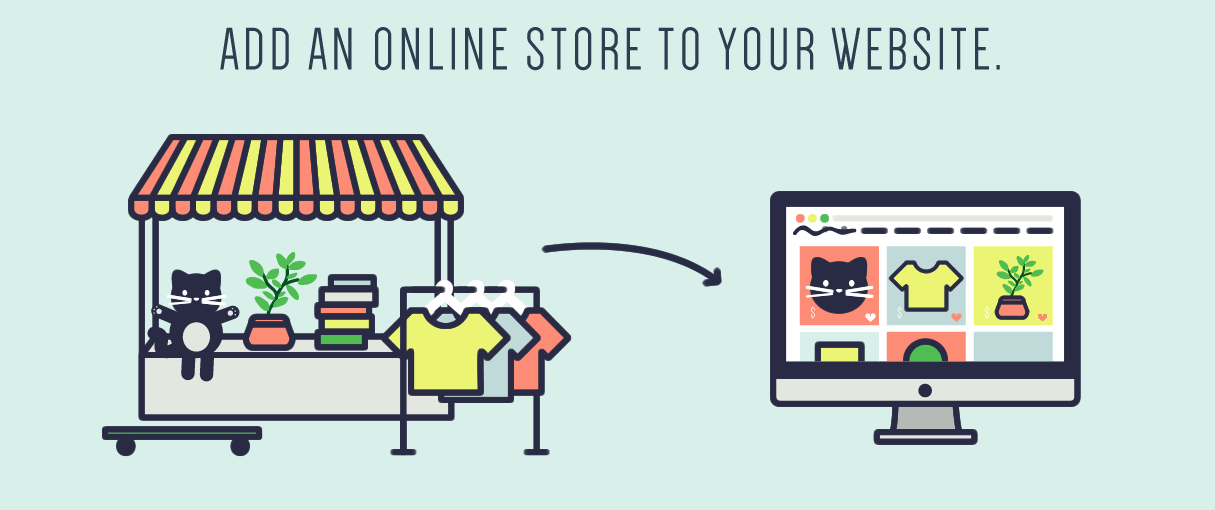How to embed Shopify into website?
To embed Shopify onto your website, you will first need to obtain a Shopify merchant account. Once you have created this account, you can then create a shop and add the appropriate eCommerce features.
How do I add a buy button to my website?
Adding a buy button to your website can be a very effective way of increasing conversion rates and generating more revenue from your online business. The first step is to choose the right plugin or script for your needs. There are many options available on the market, so it’s important to select one that fits your unique requirements and style.
Once you have selected the plugin or script, you will need to create a Custom HTML Page template based on buyer intent. For example, if you’re selling digital products, then add an “Add To Cart” button onto your homepage or home page slideshow.
How do I enable Buy Now button on Shopify?
By default, the Buy Now button on Shopify is disabled. You can enable it by going to “Design” > “Buy Now Buttons” and selecting the appropriate button type from the drop-down menu. Once you’ve made your changes, you need to activate the buttons by clicking on “Activate” next to each one.
How do you link a button to a page in HTML?
Adding a link to an element on your web page is simple with the tag. The following example displays a link to my website’s home page:
<a href=”http://www.jessicasbites.
How many visitors can Shopify handle?
Shopify can handle up to 2 million visitors per day. If you are using Shopify as your e-commerce platform, then it is important to make sure that your site is able to handle this traffic load. This means that you should have a secure website architecture, optimized content and conversion rates, and proactive marketing strategies in place. Additionally, be sure to monitor the performance of your site closely so that you can optimize it for better results.
How do I create a Shopify plugin?
Shopify plugins are a great way to allow you to automate specific tasks or add new features to your store. They can be simple extensions that help you with small details or more complex solutions that provide significant value.
To get started, you’ll need to identify the needs of your audience and come up with an idea for a plugin that meets those needs. Afterward, it is important to develop the concept and design the plugin using code snippets or online tools. You then need to create an account onpluginupdates.com and submit your proposal for review by other developers. Once approved, you will need to update your plugin regularly so that users have access to the latest features and updates.
How do I use Shopify plugins?
Shopify plugins are a great way to make your life as a Shopkeeper easier. They allow you to automate various tasks, run reports and analyses, expand your product range, and more.
To get started, go ahead and sign up for an account at the plugin site of your choice. After that, search for the relevant plugin on the site and click on the Install Now button to download it onto your computer.
Is it easy to switch from Wix to Shopify?
Yes, it is relatively easy to switch from Wix to Shopify. The biggest difference between the two platforms may be in their user interfaces and pricing models. Wix tends to focus on creating website templates that are customizable, while Shopify offers a wider range of themes and plugins that can make your website look unique. Additionally, Shopify charges monthly instead of per transaction like Wix does, which could be an advantage if you frequently sell products or services online.
Overall, switching from Wix to Shopify should not be too difficult; just do some research on each platform before making the decision and prepare by transferring any existing content and files over.
How do I put my Shopify store under construction?
When you’re putting your Shopify store under construction, there are a few things that you need to keep in mind. First of all, make sure that everything is modular so that it can be easily replaced or updated as needed. This will help speed up the process and minimize disruptions for your customers.
Next, use real-time data to determine which items are selling best and focus your marketing efforts on those products. And lastly, streamline the checkout process so that transactions happen more quickly. By following these tips, you should be able to put your store under construction without too much disruption for your customers.

Hello! Let me enthusiastically introduce myself as a dedicated blogger fueled by an intense passion for meticulously crafting insightful and well-researched blogs. My mission revolves around providing you, dear readers, with a veritable treasure trove of invaluable information.







